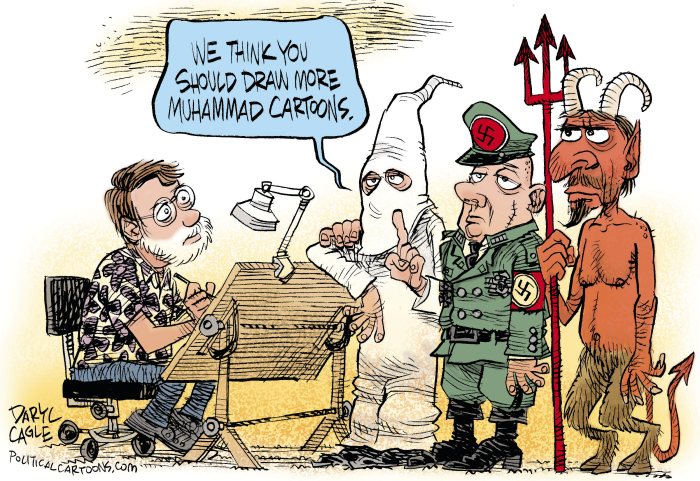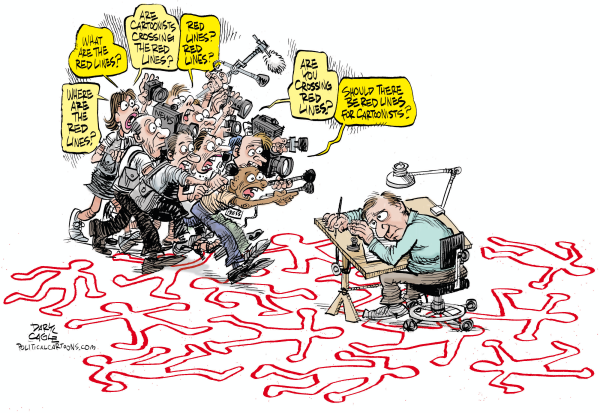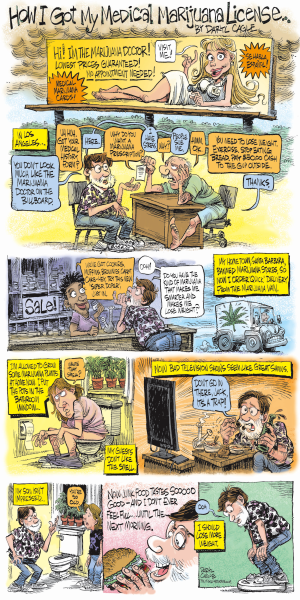
A mandatory evacuation remains in effect for my neighborhood in Montecito after the devastating “Tea Fire” this week. My son and I stayed at my house longer than we should have, filling the cars with keepsakes and watering the place down with a garden hose until the howling winds driving the smoke and embers our way become too much for us.
The fire was churning on all the hills behind my house in wide, glowing swaths — not like the usual thin line of flame we’re used to seeing at the leading edge of a fire. Being in the path of the fire, the wind blew the smoke, soot and embers directly at us making it difficult to see more than a few feet at times, and sometimes clearing to reveal a brightening, eerie, orange glow as the fire drew closer. I was sure the fire was only a couple of houses away when we fled. Firemen were directing traffic and calling on people to evacuate; I didn’t see them doing any fire fighting when we left. The fire was moving too fast for fire fighting and all they could do was focus on people.
I found my way past police barricades the next morning to see that my house survived, along with all the houses on my street. I live adjacent to Westmont College, which lost a half dozen buildings, and the next street over from mine, Westmont Road, lost a number of homes. The hills all around are barren and charred. The last report I saw estimated 150 homes lost.
I know how my neighbors feel. I was a college student, living with my mother in the same spot, when the 1977 Sycamore Canyon fire destroyed our home and about 250 others. Both fires started in the exact, same location and burned much the same area.
I also get a sense of deja vu from the media coverage of the fire. Reports from around the world have focused on celebrities who live in town. The news leads with quotes from Oprah Winfrey (her house is fine; she was out of town at the time) and actor Rob Lowe (whose house was undamaged). We see lists of celebrities with recognizable names who live in town. Actor Christopher Lloyd was out of town as his caretaker fled his house, which was “valued last year at $11.3 million.” Crazy prices of local mansions are listed. We read about how many acres there are on Oprah’s estate. Readers love stories about rich, beautiful, powerful celebrities who are made to suffer. Schadenfreude sells. Supermarket tabloids delight us with one celebrity hardship after another.
American celebrity suffering is even more titillating to audiences around the world. I was in London some years ago when there was a fire in Malibu, and I witnessed firsthand the delight screaming from tabloid headlines. I remember watching the puppet show, “Spitting Image,” the number-one show on British TV at the time; the audience roared in laughter as puppet caricatures of celebrities ran this way and that, chased by fire. A screaming, flaming Sylvester Stallone puppet yelled, “Yo! Yo! Yo!”
The media’s celebrity obsession has little to do with actual events on the ground. Most of the homes that were lost belong to regular folks. I inherited my house from my mother who spent her career working for the local school district. The homes of 14 teachers at Westmont College were lost. I don’t know where those celebrities live.
In 1977 the media’s trivial obsessions had a tangible effect. President Jimmy Carter refused to declare a federal disaster area, noting that the people here are wealthy and can take care of themselves. A disaster declaration would have meant that my mother and I could have lived in a FEMA trailer for a year, while our house was being re-built.
A few months later there was a similar fire in Malibu; for some reason, the media didn’t focus on celebrities that time and Carter declared a disaster area, even though the average income of the Malibu fire victims was higher than the income of victims of my fire. Media coverage made the difference.
President Carter’s smarmy, hypocritical response turned me into a Republican.
Daryl Cagle is a political cartoonist and blogger for MSNBC.com; he is a past president of the National Cartoonists Society and his cartoons are syndicated to more than 850 newspapers, including the paper you are reading. Daryl runs the most popular cartoon site on the Web at Cagle.msnbc.com. His book “The BIG Book of Campaign 2008 Political Cartoons,” is available in bookstores now, and he has a new book coming out before Christmas, “The Best Political Cartoons of the Year, 2009 Edition.” See Daryl’s cartoons and columns at www.caglepost.com.















